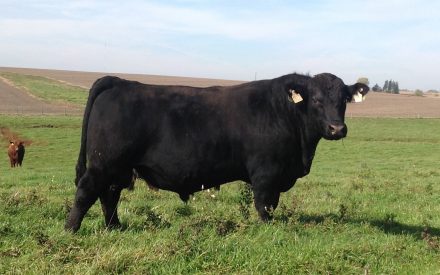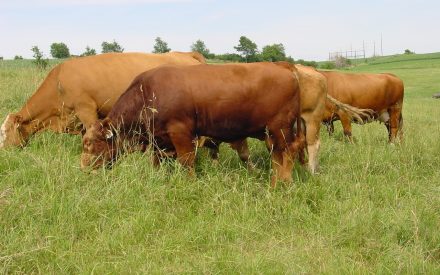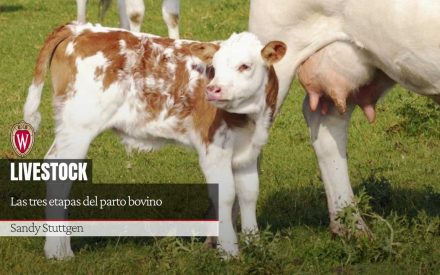It is common practice this time of year to evaluate our cows to make culling decisions, but this is also a good time to evaluate our bulls to determine which sires we are going to feed through the winter and which have come to the end of their genetic contribution to the operation.
Bulls, much like cows, can live ten to twelve years. Most bulls will remain active in the herd for closer to four or five years due to feet and leg, structural, and fertility problems, temperament concerns, or injuries. The decision to cull many bulls happens in the spring after failing a breeding soundness exam. However, producers can save input costs (6 months’ worth of decent quality hay for a mature bull will cost about $600 based on current prices) by culling bulls in the fall if they or their offspring have any undesirable characteristics that would make them unsuitable for the next breeding season.
Most mature breeding bulls can maintain condition with the same winter management as the cow herd. However, since mature bulls tend to weigh more than our average cow, you can expect their per head dry matter intake to be more as well. If we assume a bull will consume roughly 2% of his body weight in dry matter per day and that a mature bull weighs about 1,800 lbs. they will consume about 36 lbs. of dry matter daily for the nine months they are not actively breeding cows. If we know a bull has a problem it is best to cull him sooner rather than later instead of sinking more input costs into him.
Attitude problems and feet and leg issues are two reasons why bulls should be culled sooner rather than later. If a bull is aggressive it may be in the best interest to our operation and to the safety of ourselves, employees, and other livestock to cull the bull. It is important to understand that docility is a heritable trait. As a bull matures and gains weight they may develop feet and structural issues that may limit their ability to effectively breed cows. It may be advantageous to cull those bulls now instead of waiting to see how they pull through the winter season.
Culling bulls with undesirable traits allows producers to invest in genetics that will have a genetic improvement to the cow herd. It is important to understand that the bull contributes to 90% of the gene pool and has more of a genetic contribution to the herd in one year than a cow will have in her lifetime. There is a concept among some producers where the thought process is, “the bull is paid for and regardless of his issues I am going to continue to use him.” The problem with this concept is that every year the bull is allowed to contribute his genetics to the herd he is passing along his negative traits as well. Buying a new bull has the potential to be more profitable if the new bull possesses the genetics to improve reproductive performance, growth rate, or carcass traits to name a few.
Culling bulls this fall that have reached the end of their genetic contribution to the operation not only has a positive impact on this year’s income but can lead to long term profitability in the cow herd.
Reference: Kutz, Bryan. “Beef Cattle Selection and Genetics.” Division of Agriculture Research & Extension University of Arkansas System, University of Arkansas, www.uaex.edu/farm-ranch/animals-forages/beef-cattle/breeding-genetic-selection.aspx. Accessed 14 Sept. 2021.
Reviewed by: Carolyn Ihde , Ryan Sterry, and Bill Halfman, UW Extension Agriculture Educator in Richland/Crawford and Agriculture Agents in St. Croix and Monroe Counties respectively.

 Are your bulls ready for the breeding season?
Are your bulls ready for the breeding season? Digging deeper into breeding costs for the beef cow-calf operation
Digging deeper into breeding costs for the beef cow-calf operation Don't Forget the Bull!
Don't Forget the Bull! Las tres etapas del parto bovino
Las tres etapas del parto bovino


